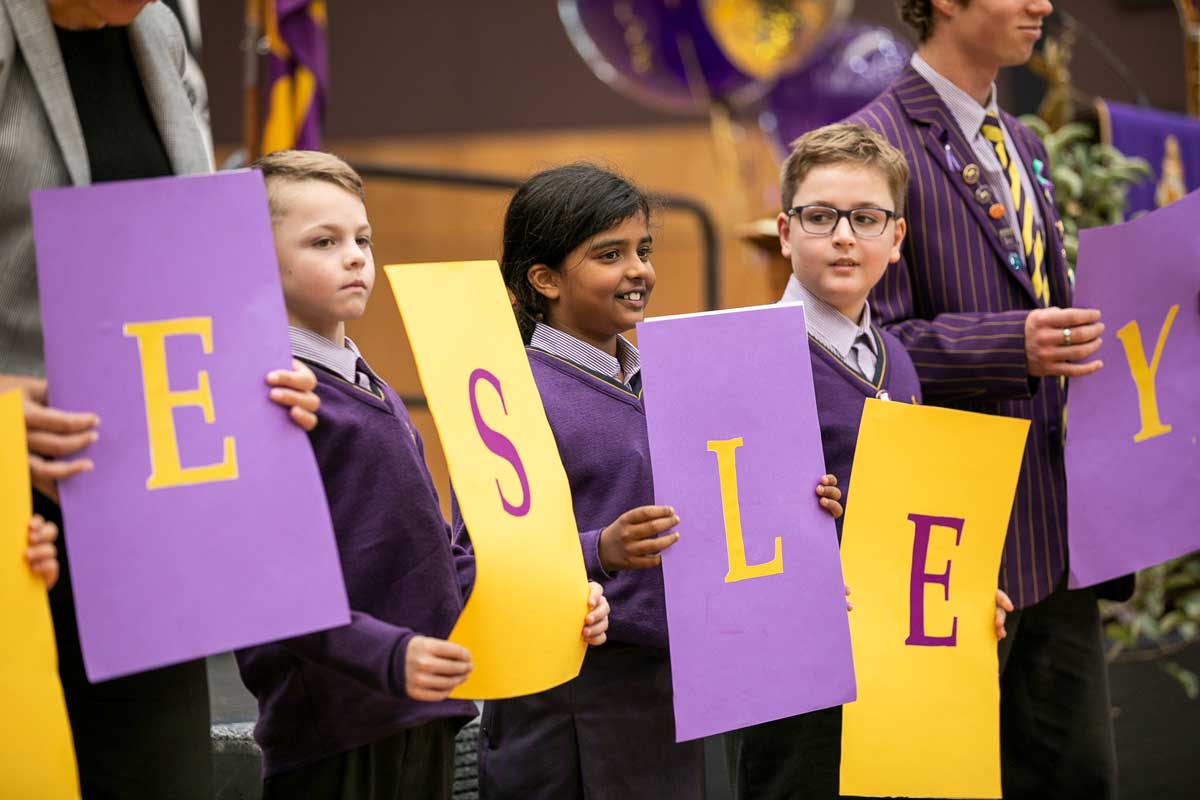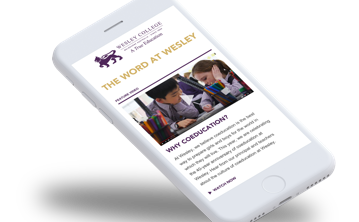
Failure is not a problem, it’s an indicator of the path to a solution; more than that, it’s intrinsic to learning, as Ben Dooley explains.
When we think about students in terms of learning progress, we tend to think of the gradual building of knowledge and skills. We think of learning as growth, but even this can sometimes be an evolution, and other times a revolution. The first sees learning as accretion, much as a tree grows, the second as a process of destruction and regeneration, much as our muscles grow.
We tend to think of our students learning by adapting and bending, not breaking. We think about the idea of failure in the literal sense, ‘to fail, or break,’ but it’s clear that our students not only learn by adding to what they know and can do, but also by attempting, failing, adjusting and reattempting.
I don’t mean that we want to see students failing, but that we want the process of trying and failing to be productive. Let me describe what this means in practice. Suppose our goal is to teach our Prep students to high jump. First we identify specific learning experiences that will enable the students to acquire the knowledge and skills they need in approach, take-off, flight and landing. Next we identify specific and realistic learning goals. A goal that our Preps clear a bar height of 2.46 meters would guarantee failure – after all, the world record is 2.45 metres.
Achievable goals and failure
A better goal might simply be for our novice jumpers to perform a backflip onto a landing mat, with no bar in place, and land on their backs. The point of realistic learning goals is that they are challenging but achievable. To use the term coined by psychologist Lev Vygotsky, we identify learning goals that are within each novice’s zone of proximal development, that is, the zone in which they can learn – in our case, to backflip onto a landing mat – with the assistance of a ‘knowledgeable other,’ which could be a teacher or older peer who has mastered high jump. Our challenging but achievable goal, to produce backflips onto a landing mat, still involves failures, but these are failures that can guide each Prep student, with the assistance and support of their teacher or older peer, as they try, try again to backflip onto a landing mat.
FAILure: First attempt in learning
We sometimes think of failure as a bad thing, but failure in the sense of attempting, failing, adjusting and reattempting is intrinsic to learning. I call failure, in this sense, FAILure, where ‘FAIL’ stands for ‘first attempt in learning.’ Think about the way we learn, and our failures in this sense are not just indicators of what went wrong but also of alternative ways to proceed that might be right. In the words of a Chinese saying: ‘失败是成功之母, or,‘Failure is the mother of success.’
Inquiry and problem-solving approaches to learning are all about failure: testing out hunches or hypotheses, seeing whether something works or not, or trying out a new skill and improving that skill. When we are doing something that’s new or discovering more about something that’s not understood, we are more likely than not to fail. Understood in this way, failure is all around us.
Failure all around us
When Dr Julian Druce (OW1982) from the Virus Identification Laboratory at the Doherty Institute successfully grew novel coronavirus in the laboratory, colleagues described the advance as ‘a piece in the puzzle’ to develop tests and vaccines. As Dr Druce explained in a press conference in January, ‘Having (grown) the real virus means we now have the ability to actually validate and verify all test methods.’
Now consider learning tripod or three-finger grip for writing. Students in ECLC and Prep master this tricky skill in lots of ways as they progress from lots of little failures to success: first and foremost by working at it as they build up their muscle strength; maybe by using their ring and little fingers to tuck a pencil sharpener against their palm; and sometimes by using a pencil grip or triangular-shaped pencil, both of which help to guide the fingers to make a tripod grip.
A growth mindset where challenges are learning opportunities
Understood in this way, it’s clear that failure is always part of what we do when we learn. Across every classroom and specialist class, in the playground and across the school as a whole, our teachers create curriculum opportunities that enable students to learn with a growth mindset. A growth mindset, a term coined by Carol Dweck, professor of psychology at Stanford University and the author of Mindset: The new psychology of success, is a mindset to see experiences as challenges on the path to mastery. When we have a growth mindset we think effort is worthwhile and feedback when we get things wrong is positive as it guides our improvement. As Dweck explains, a growth mindset isn’t just something that students have, it’s something that they work on, using a repertoire of strategies as well as input from teachers and others when they’re stuck.
A fixed mindset is one where we think our ability is fixed. When we have a fixed mindset we tend to avoid challenges where we are likely to fail because we think we ‘lack the ability.’ In this mindset, we think effort is pointless and feedback when we get things wrong is negative.
As we design and implement a learning program that challenges our students, it’s possible that fixed mindset messages can filter home of the ‘I can’t do it’ or ‘I just don’t get it’ variety. The point of failure for learning, however, is that, ‘I can’t do it’ or ‘I just don’t get it,’ really means, ‘I can’t do it yet’ or ‘I just don’t get it yet.’
In our learning programs, we listen to our students’ feedback about their learning so that we can help them to re-frame failures, mis-steps or misconceptions as opportunities to support what they aim to know and do next, and identify the approaches they might choose differently for their next attempt.
Understanding that challenges are opportunities to learn, and giving our students the attack skills to address those challenges, not only enables students to develop what they know and can do but also learning attributes like curiosity, resilience, patience: attributes that will enable them not only to progress as successful learners now but also to become lifelong learners. If we want our students to grow into competent, courageous and caring individuals who will thrive in the world, then we must cultivate an approach to learning in life that views failure as crucial to success. If we want them to climb the highest mountains, the last thing we should do is bulldoze and flatten the route for them.
Ben Dooley is the Head of Junior School at Wesley’s Glen Waverley Campus
